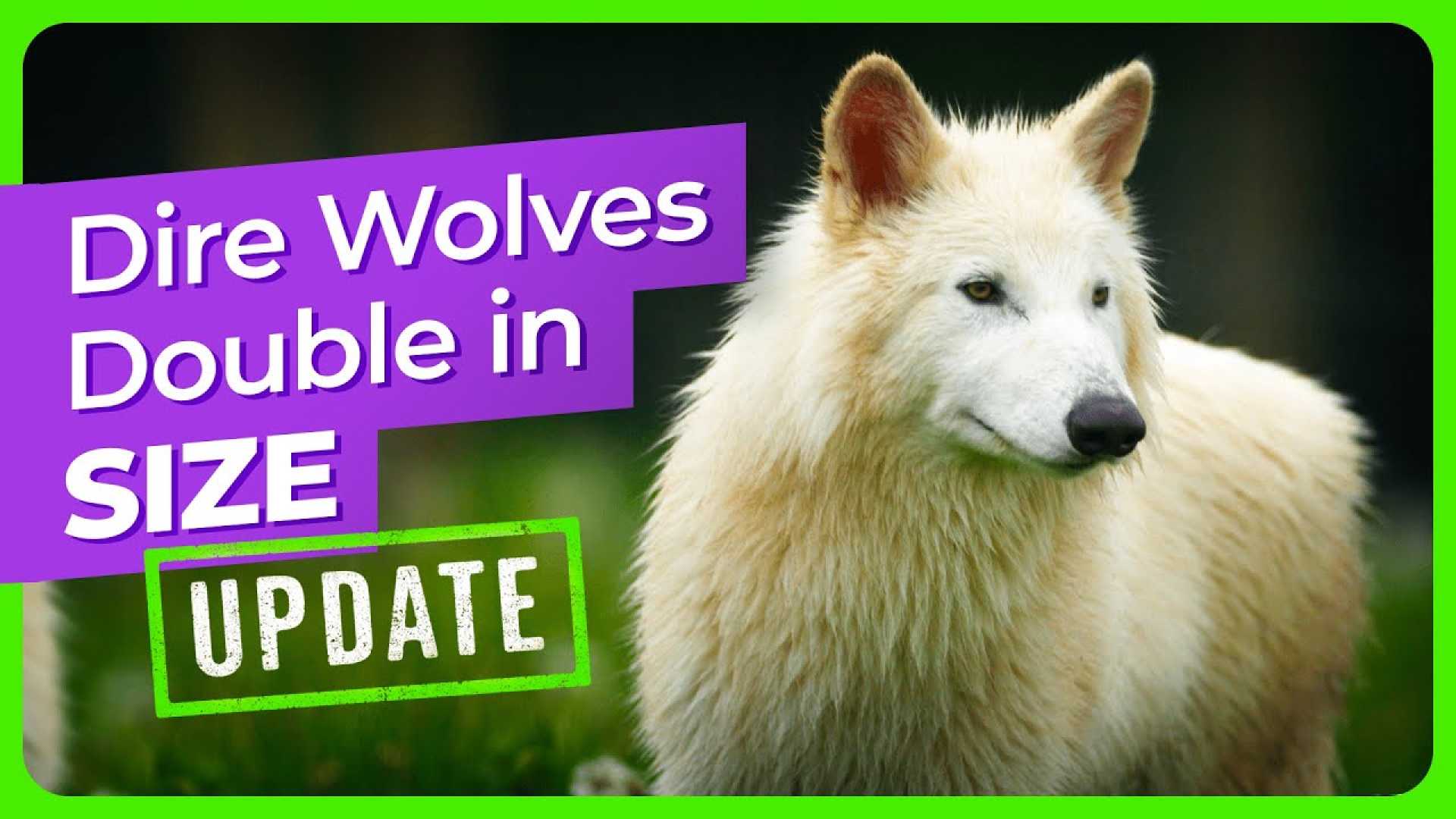News
Colossal Biosciences Updates on Revived Dire Wolves Romulus, Remus, and Khaleesi

Dallas, Texas — The world’s first revived dire wolves, Romulus, Remus, and Khaleesi, are thriving, according to an update from Colossal Biosciences. The science company announced progress on June 20, showcasing the rapid growth of the wolves since their birth.
The two male pups, Romulus and Remus, are over six months old and weigh more than 90 pounds, making them about 20% larger than standard gray wolves. Chief Animal Officer Matt James noted that the pups are hitting all their developmental milestones and preparing for their first annual vet appointments.
During these medical checkups, the team will conduct blood draws and CT imaging to examine the animals’ skeletal and muscular systems. “Today, we can tell that the dire wolf genes are kicking in,” James explained in the video update. “We’re getting these nice large wolves that are much more representative of ancient specimens.”
The female pup, Khaleesi, who is around three months old, weighs about 35 pounds, which is approximately 15-20% larger than a typical gray wolf at that age. Despite her smaller size, Khaleesi is monitored closely as she will eventually join her brothers in the pack.
According to Paige McNickle, who manages the dire wolves’ care, Remus displays signs of leadership, while Romulus takes on a more subordinate role. “Remus is crafty, always watching and figuring things out,” McNickle said. “Romulus appears to be the beta, eating and playing while allowing Remus to lead.”
Currently, Khaleesi is kept separate for safety reasons but can see and smell her brothers. Colossal aims to introduce her when it is safe to do so, based on their social compatibility.
The pups are fed a diet of high-quality dog kibble, ground meat, and organ meats. As they grow, their diet will shift to whole prey items to nurture their natural hunting instincts.
Colossal Biosciences has been in the spotlight since the birth of these wolves, which are a genetic blend of gray wolves and dire wolves, using advanced DNA-editing techniques. CEO Ben Lamm mentioned previously that using DNA from ancient specimens allowed them to produce these unique animals, presenting a potential path for future conservation efforts.
However, experts are divided on the terminology of ‘de-extincting’ species, as true cloning of extinct animals is currently impossible. Associate Professor Nic Rawlence from the University of Otago indicated that while the dire wolves are not true clones, they represent a significant step toward understanding genetic engineering in conservation.












